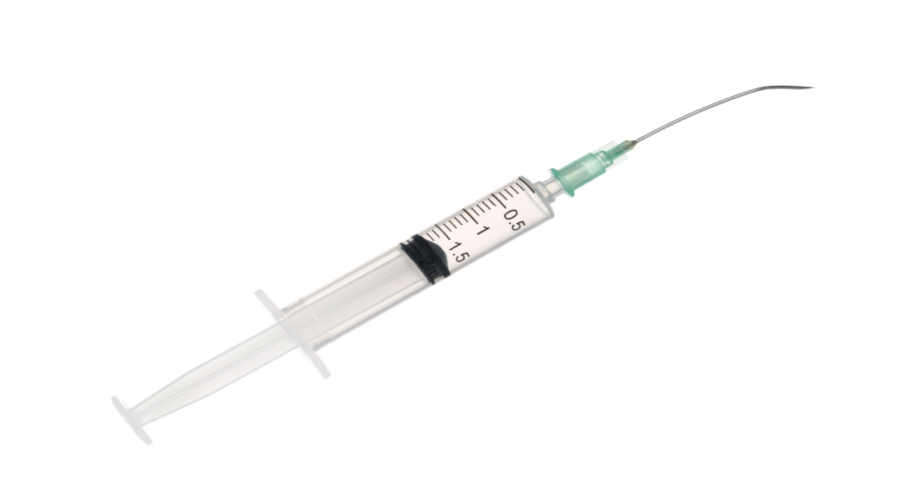What does the phrase, “I’m sorry,” mean to you?
Is it a statement of empathy, or an admission of guilt? That gray area can get pharmacists into trouble. Saying sorry can go a long way in easing the situation when an error occurs in the pharmacy, but before you apologize, here are five things you need to know about apologies, liability and pharmacy errors.
1. Legal liability varies
Thirty-six states have adopted legislation to protect health care professionals. Known as “apology laws,” these state regulations make many or most statements of sympathy, empathy and apology inadmissible as evidence in a lawsuit.
Among these 36 states, liability coverage for pharmacists varies greatly. Some state laws cover all health care professionals, while others only provide protection for physicians. You can check with your state pharmacy association to find out if you’re protected.
While it’s good to know the apology law in your state, other legislation or regulations could have an even greater effect on this issue. “The key is making sure that pharmacists are considered providers in their state, and that’s a major priority for state associations right now,” said Rebecca Snead, CEO and executive vice president of the National Alliance of State Pharmacy Associations.
2. Sorry has multiple meanings
Using the word “sorry” doesn’t always constitute an admission of fault in court.
“If you say ‘I’m sorry; I’ve made a mistake,’ that’s admissible, but just saying you’re sorry that the patient had an adverse event is not typically used against health care professionals,” Snead said.
Snead recommends using different types of apologies for different situations. “If a patient comes in because they think they got the wrong thing, say, ‘I’m sorry, let me look into what happened and I’ll get back to you,” she said.
Apologize for the inconvenience, but hold off on saying sorry for the mistake until you’re sure what went wrong. “Then, tell them what happened—just stick to the facts—and explain what you’re going to do to prevent future errors from occurring,” she said.
3. Help is available
If you’re unsure what type of apology to make—or if you should apologize at all—ask for help. Consult with your risk manager, insurance company or state pharmacy association.
“State pharmacy associations are heavily invested in helping pharmacists understand what their state laws are and how to improve patient safety,” Snead said.
Snead also recommends continuously updating your knowledge. “Nine states require some sort of continuing education in medication safety and prevention of medication errors,” she said. “Research related to communicating with patients if an error occurs is included in these programs.”
4. Apologies deter legal action
Empathy and apologies can potentially deter lawsuits, litigation and settlements, according to Sorry Works!, an advocacy group promoting medical professionals’ use of disclosure, empathy and apologies. These tactics can reduce anger, making patients and their families less likely to pursue legal action.
And, states with laws protecting medical professionals who express sympathy saw the greatest reduction in the average payment size and settlement time in cases involving severe patient outcomes, according to a 2010 research study conducted by the University of Houston.
To get the most value out of an apology, Snead recommends creating a pharmacy policy before an error occurs. “Be sure to include a checklist, so everyone stays consistent,” she said. “Saying you’re sorry should be the first item on your checklist.”
5. Make apologies obsolete
Good apology practices start with error prevention.
Implementation of a strong continuous quality improvement (CQI) program helps a pharmacy track and study near misses and incidents that reach the patient. “Collection and analysis of patient safety events allows the pharmacy to learn priceless lessons about operations that can reduce potential errors and improve patient safety,” Snead said.
The Patient Safety and Quality Improvement Act (2005) made it easier for providers to learn from patient safety work. “Say you make a mistake and an error occurs,” Snead said, “the facts associated with that case are not protected, but your patient safety work and analysis is protected by your federally listed Patient Safety Organization (PSO).” If your pharmacy isn’t working with a PSO, then your patient safety records could be used against you if the patient takes legal action.
“As pharmacists become more visible, and provide more patient care services, they’re going to be more vulnerable to lawsuits,” Snead said. “You need to learn from mistakes, but you also want to protect yourself.”
3 Patient Safety Organizations to Work With
Rebecca Snead, CEO and executive vice president of the National Alliance of State Pharmacy Associations, advises pharmacies to partner with a federally listed Patient Safety Organization (PSO) to protect error data. These three PSOs specialize in retail pharmacy.
1. Alliance for Patient Medication Safety (APMS), medicationsafety.org
2. Quantros Patient Safety Centers, quantros.com
3. The PSO Advisory, thepsoadvisory.com
For more information about PSOs, visit The Agency for Health Care Research and Quality’s website at pso.ahrq.gov.












